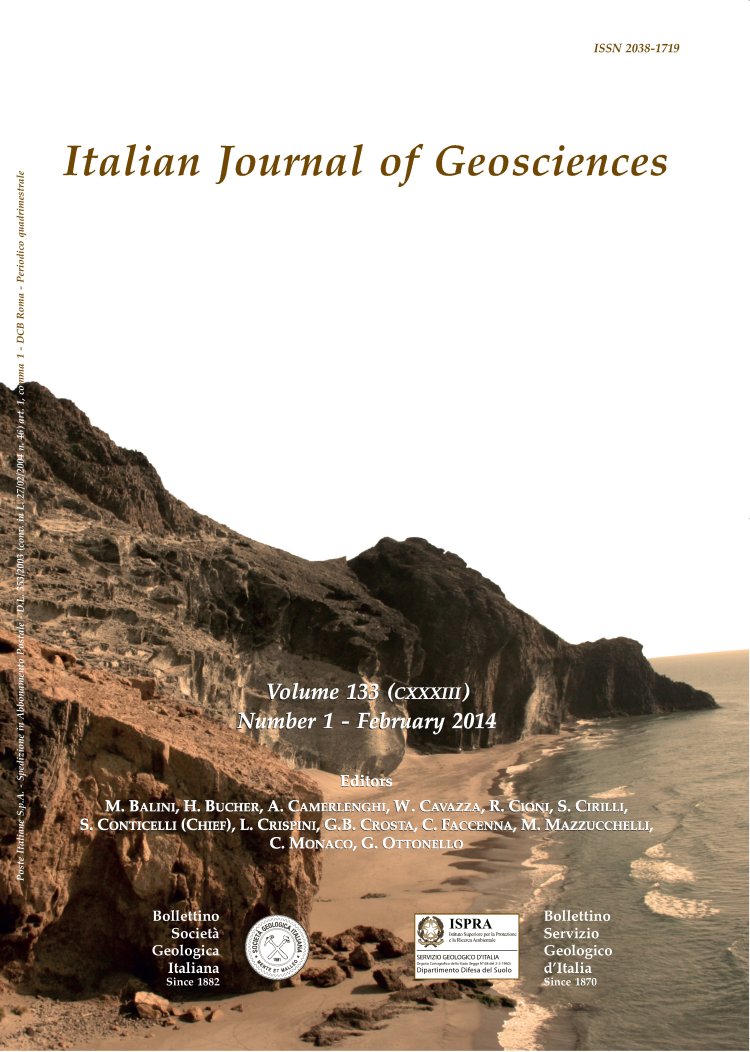
The Permian succession of the Shaksgam Valley, Sinkiang (China)
Maurizio Gaetani(*) & Ernst Ja. Leven(**)
(*) Dipartimento di Scienze della Terra, Via Mangiagalli, 34 - 20133 Milano, Italy. maurizio.gaetani@unimi.it
(**) Institute of Geology, Russian Academy of Sciences, Pyzhev - sky, 7 - Moscow. erleven@yandex.ru
Volume: 133 (2014) f.1
Pages: 45-62
Abstract
The biostratigraphy, fusulinid and microfacies from the Permian succession of the Shaksgam Valley (Aghil and Karakorum ranges) are described. The succession starts with a terrigenous prism, consisting of shale and siltstone covered by litharenite, several hundreds m-thick.
They represent an alluvial to shore-face terrigenous prism, on which gradually progrades a marine shallow water complex with bioclastic calcarenite and wackestone/mudstone. A reappraisal of the litharenite also with hummocky cross-lamination is overlain by progressively deeper mudstone/wackestone, and cherty limestone. Very thick calciruditic and pebbly limestone bodies are interbedded in the cherty limestone, in turn newly overlain by marls and shales, followed by thin bedded mudstone.
Four fusulinid assemblages are identified, bottom to top: Mono - diexodina (Yakhtashian-Bolorian), Leeina-Chalaroschwagerina (Bolorian),
Cancellina-Pseudodoliolina-Parafusulina (Late Kubergandian), and Dunbarula-Codonofusiella (Late Murgabian-Midian) respectively. Two new Leeina species are described, Leeina karakorumensis Leven, and Leeina ellipsoidalis Leven.
Keywords
Get Full Text